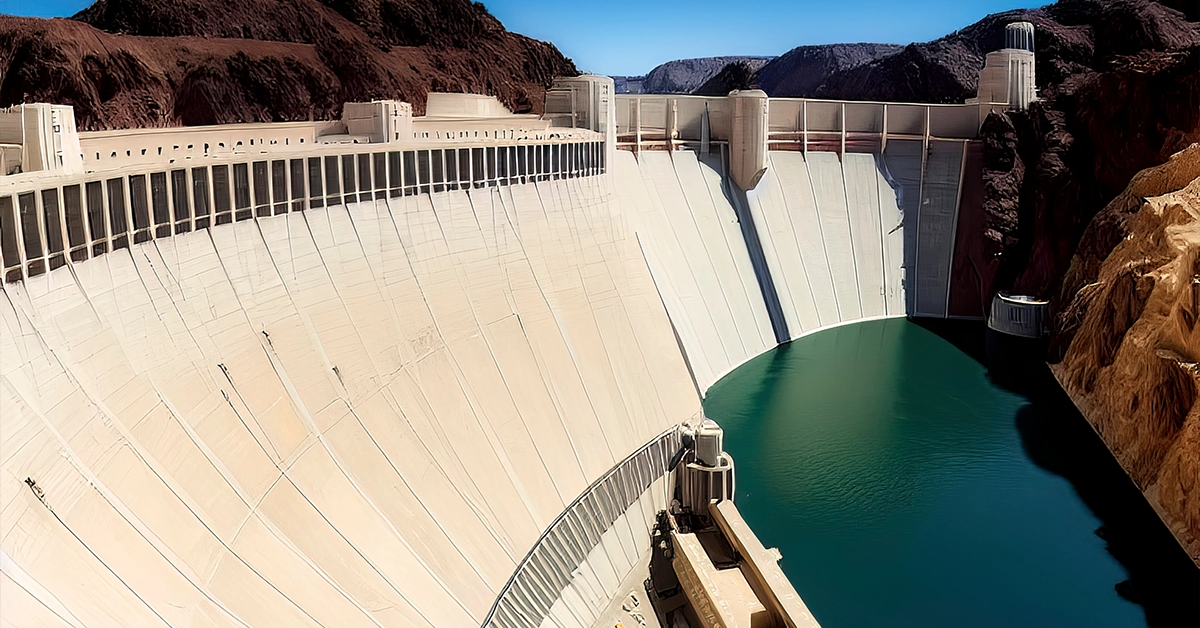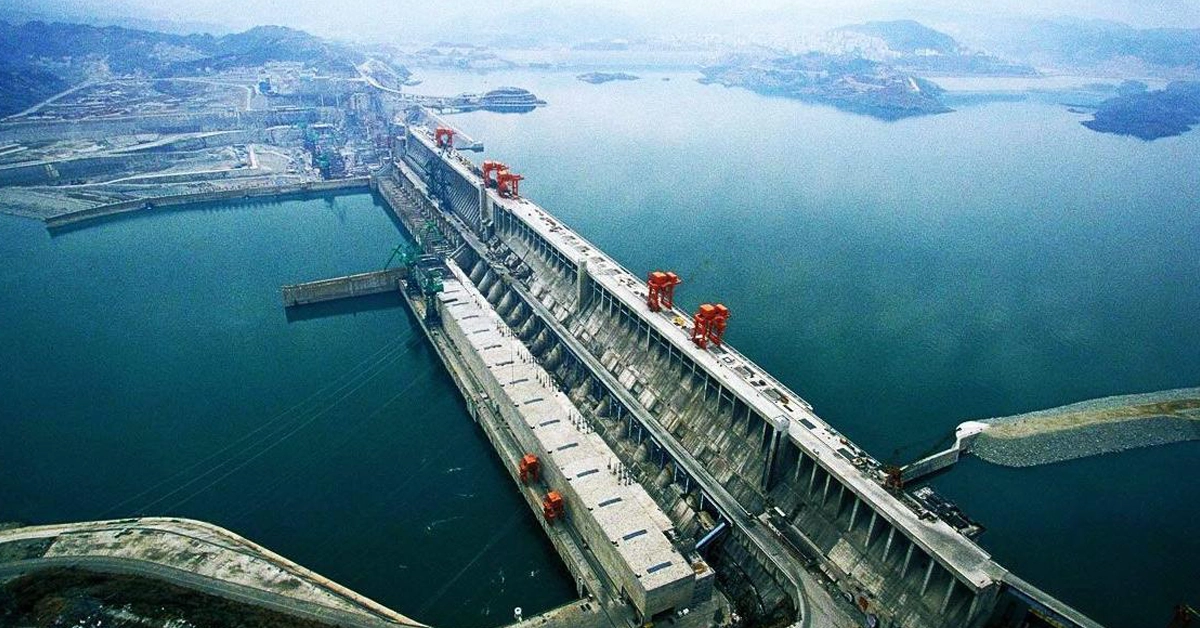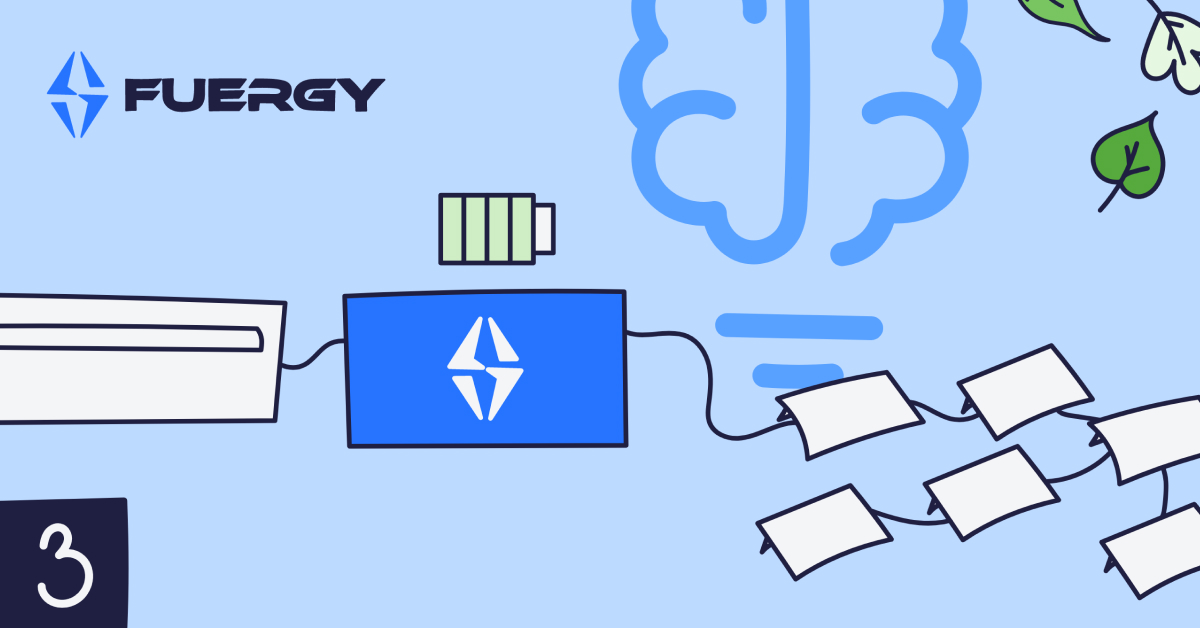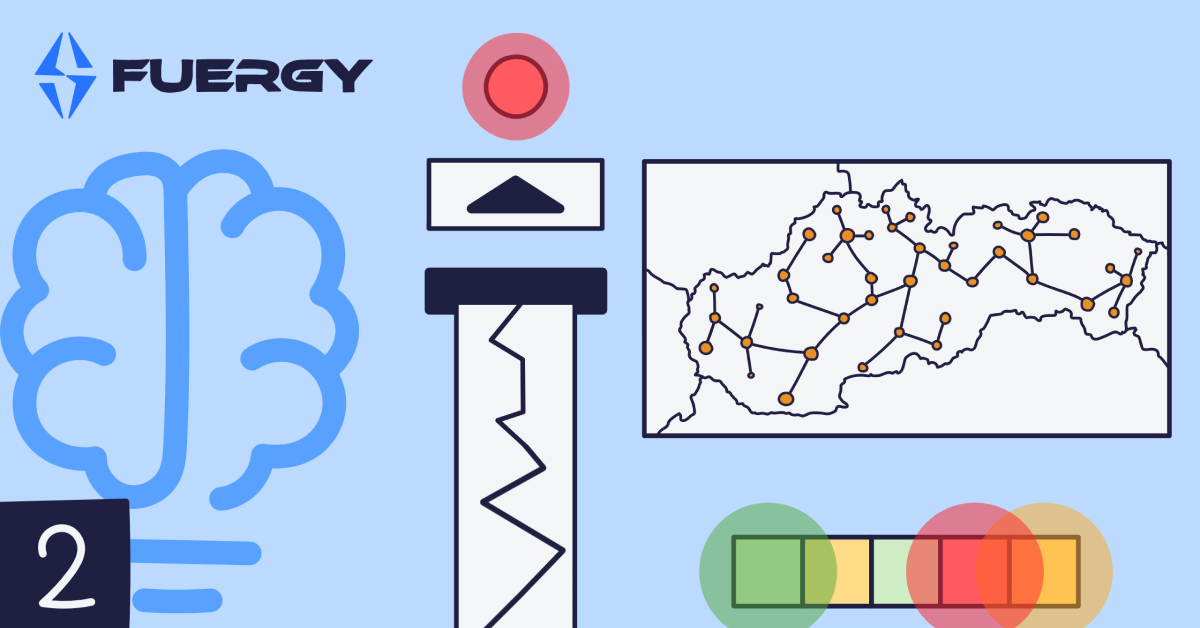
Bodies of water present powerful sources of renewable energy as it is possible to tap into their downward flow to generate electric energy. Differences in terrain and the volume of these various bodies of water create differences in their potential energy.
For instance, a powerful, spring rain-fed mountain river that descends dramatically is always more turbulent than their counterparts on flat land. Various bodies of water offer a source of energy that can be harnessed relatively easy and requires little upkeep.
Criteria and challenges in the construction of hydropower plants
Although bodies of water are found around the globe, only a fraction of them is suitable for current hydroelectric power plants. The climate must be mild because a frozen lake or a frozen river will not produce any electric energy.
The surrounding area must be accessible since you will need a lot to ship in the material, bring in the workers and so on during the construction phase.
The body of water must have a good head (the vertical distance between the reservoir and the outtake). There must be sufficient volume to produce energy and the flow of the river must be strong. There must be a single ownership of the entire site, or you have to have multiple cooperative owners.
The second obstacle is the high initial price. Although hydroelectricity is considered to be a cheap source of energy, it comes with a big caveat: industrial-scale hydroelectric plants are very expensive and require considerable resources, time and effort to build. To this day, the construction of a hydroelectric plant is a very complex task that may require the expertise of highly experienced engineers and architects, who may be hard to find in developing countries.
Impacts of dams on the natural environment and communities
Constructing a dam will inevitably change the surrounding natural environment. In addition to generating electricity, dams also regulate flooding. However, the regular annual flooding of the land adjacent to a river or lake is also a natural process that many organisms rely upon for feeding. The slowing of a river will reduce water quality and will force certain species out while creating better conditions for others. Additionally, certain species of fish, such as salmon, will swim upstream during their mating season and may have their path blocked by a dam.
Dams also influence the lives of people who live near them. In several noteworthy cases (such as the Three Gorges Dam in China, a massive ambitious damming project resulted in the flooding of entire villages, evicting the local population and creating social tension. In less extreme cases, a dam negatively influenced the catches of fishermen or hindered flows of water for agricultural irrigation.

Safety and climate challenges of hydropower plants
If a wind farm is damaged, it doesn’t really harm anyone. Neither does a faulty solar farm. However, the failure of a large hydroelectric dam can have catastrophic consequences. In certain cases, dams were breached during their construction phase, resulting in widespread flooding, civilian deaths and destruction of property.
Today, construction technologies and safety codes have reduced worker casualties during construction, but in the past, fatal accidents were common. For instance, the construction of the Hoover Dam cost the lives of 96 workers.
Hydroelectric plants are especially vulnerable to climate change and its resulting effects. Dams are constructed with certain precipitation in mind, being able to hold water in times of floods or, reversely, produce energy despite droughts. However, as extreme weather events (hurricanes, droughts, etc.) are becoming more common, new dams must take into account these realities while old dams must be evaluated whether they are up for the task.
The future of hydropower
The future of hydroelectricity lays in the development of better technologies improving its efficiency, as well as in the energy decentralization. Building a high number of smaller, interconnected and distributed hydroelectric plants equipped with battery storage could be the answer to rising global energy demand. Those distributed energy resources (so-called “DER”) can ensure stable, low-cost and reliable renewable energy supply all over the world.
Are you ready to be part of the renewable energy revolution? Contact us today! Our experts are here to help you find a solution tailored to your needs.
New dimension of energy optimization





